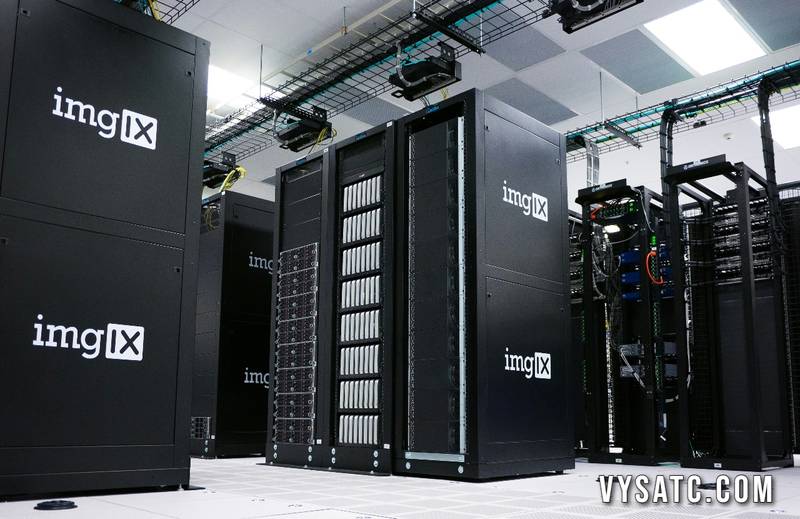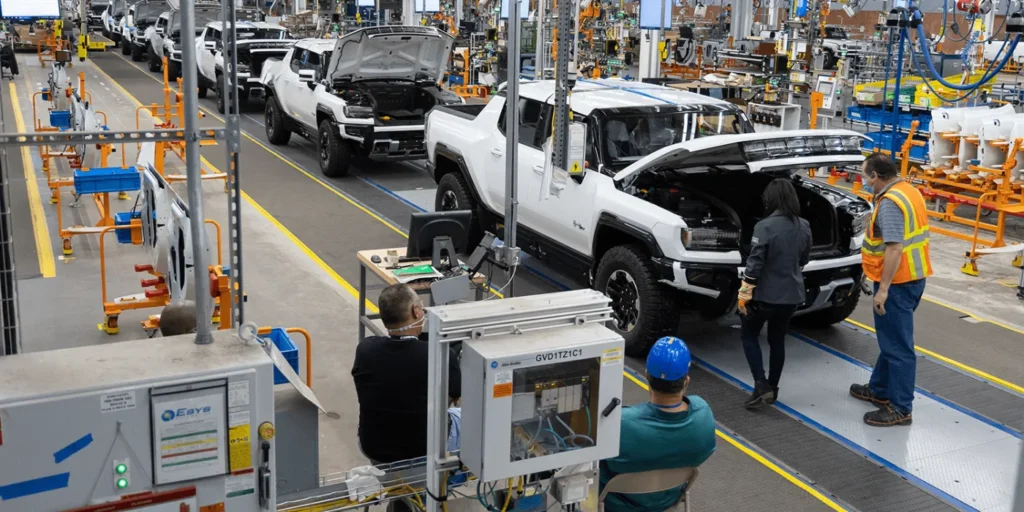NS Mainframe: Everything You Need to Know About IBM’s Core Computing System
Introduction
In the world of enterprise computing, NS Mainframe systems remain the powerhouse of mission-critical operations. Whether it’s banking, insurance, government, or large-scale retail, mainframes handle massive transaction volumes with unmatched reliability and speed. The NS Mainframe represents a continuation of IBM’s legacy of secure, high-performance computing, combining traditional robustness with modern adaptability.
In this comprehensive guide, we’ll explore what NS Mainframe is, how it works, its architecture, applications, and why it remains vital in an era dominated by cloud computing and distributed systems.
What Is NS Mainframe?
The NS Mainframe (Network Systems Mainframe) refers to a class of enterprise-grade computing systems built to manage large-scale data processing and critical workloads. Mainframes like NS are designed for high reliability, scalability, and availability, processing billions of transactions per day without failure.
Key Characteristics of NS Mainframe
- High-performance computing power for complex business workloads.
- Scalable architecture capable of handling thousands of users simultaneously.
- Unmatched reliability with near 100% uptime.
- Advanced security frameworks for protecting sensitive enterprise data.
- Compatibility with modern technologies, including cloud integration, APIs, and virtualization.
These traits make NS Mainframes indispensable for sectors where downtime or data loss could mean catastrophic consequences.
The Evolution of Mainframes: From Legacy to NS
Mainframes have evolved over six decades — from punch-card-driven giants to today’s intelligent, networked systems like the NS Mainframe.
A Brief Timeline
- 1950s–1970s: IBM and UNIVAC dominate with room-sized computers performing batch processing.
- 1980s–1990s: Transition to online transaction processing (OLTP) with terminals connected via networks.
- 2000s–Present: Introduction of NS Mainframes, featuring virtualization, Linux support, and hybrid cloud compatibility.
NS Mainframe Today
Modern NS Mainframes combine AI, machine learning, cloud connectivity, and containerization—bridging legacy workloads with digital transformation goals.
NS Mainframe Architecture Explained
Understanding the architecture of NS Mainframe helps reveal why it remains relevant in today’s IT landscape.
1. Central Processing Complex (CPC)
At the core of the NS Mainframe is the Central Processing Complex, which houses the main processors, memory, and I/O subsystems. It’s responsible for executing billions of instructions per second.
2. Logical Partitions (LPARs)
LPARs divide a single NS Mainframe into multiple virtual systems, allowing organizations to run diverse workloads — for example, banking transactions, analytics, and ERP systems — on one machine.
3. Input/Output Subsystem
The I/O subsystem in NS Mainframe is designed to handle vast amounts of simultaneous input/output operations with minimal latency. It ensures that disk storage, network, and peripheral communications remain seamless.
4. z/OS and Other Operating Systems
NS Mainframes support multiple OS environments:
- z/OS (primary IBM mainframe OS)
- Linux on Z (for open-source workloads)
- z/VM (for virtualization)
- z/VSE (for legacy applications)
This versatility ensures flexibility in managing both legacy and modern applications side-by-side.
Why Businesses Still Rely on NS Mainframes
Despite cloud hype, mainframes continue to thrive. Here’s why:
1. Unmatched Reliability
Mainframes boast uptime exceeding 99.999%. For banks processing millions of financial transactions daily, this reliability is non-negotiable.
2. Security at Its Core
NS Mainframes employ advanced encryption, access control, and auditing features. They’re built for compliance with global standards like PCI DSS, HIPAA, and GDPR.
3. High Transaction Throughput
The system can process thousands of transactions per second (TPS) — making it perfect for financial institutions, airlines, and retail giants.
4. Scalability and Flexibility
Organizations can scale workloads dynamically using LPARs and cloud integration, optimizing costs while maintaining peak efficiency.
5. Longevity and Backward Compatibility
Unlike many computing systems, NS Mainframes can run applications written decades ago — alongside modern APIs and cloud-native apps — ensuring zero business disruption.
NS Mainframe vs Cloud Computing
One of the most debated topics in IT is Mainframe vs Cloud. But instead of competition, the two increasingly complement each other.
| Feature | NS Mainframe | Cloud Computing |
| Reliability | Near 100% uptime | High but variable |
| Security | Hardware-based encryption | Software-based security |
| Scalability | Vertical scaling (LPARs) | Horizontal scaling |
| Cost Model | High upfront, long-term savings | Pay-as-you-go |
| Performance | Real-time, massive transaction throughput | Depends on infrastructure |
| Integration | Legacy + Cloud hybrid possible | Best for cloud-native workloads |
Hybrid Integration
Modern enterprises often use NS Mainframe + Cloud hybrid environments. This approach allows:
- Running core transaction systems on NS Mainframes.
- Using the cloud for analytics, AI, and user interfaces.
- Connecting both via secure APIs and middleware (like IBM Z Hybrid Cloud).
Core Applications of NS Mainframes
NS Mainframes are indispensable across industries requiring high-volume, mission-critical operations.
1. Banking and Financial Services
- Transaction processing for ATMs, online banking, and stock trading.
- Fraud detection using real-time analytics.
- Compliance and audit-ready reporting.
2. Insurance Sector
- Policy management and claim processing.
- Data storage and risk modeling.
- Integration with cloud-based customer portals.
3. Government and Public Services
- National ID systems, taxation, and census databases.
- Real-time processing of social security or pension data.
4. Retail and E-Commerce
- Inventory and supply chain management.
- Point-of-sale (POS) transaction processing.
- Integration with AI-driven customer analytics platforms.
5. Healthcare and Pharmaceuticals
- Patient data processing and compliance with HIPAA.
- Pharmaceutical R&D simulations and data analysis.
- Secure interoperability with modern EHR systems.
Modernization of NS Mainframes
The future of NS Mainframes isn’t about replacement but modernization.
Key Modernization Strategies
- API Enablement:
- Expose core mainframe applications via RESTful APIs for integration with web and mobile apps.
- Expose core mainframe applications via RESTful APIs for integration with web and mobile apps.
- Containerization & DevOps:
- Tools like IBM Z Open Development allow developers to build and deploy mainframe applications using DevOps pipelines.
- Tools like IBM Z Open Development allow developers to build and deploy mainframe applications using DevOps pipelines.
- AI and Machine Learning:
- Integrating IBM Watson or AI models directly on the mainframe to enable intelligent decision-making.
- Integrating IBM Watson or AI models directly on the mainframe to enable intelligent decision-making.
- Cloud Integration:
- Connecting mainframes with hybrid and multi-cloud systems for enhanced scalability.
- Connecting mainframes with hybrid and multi-cloud systems for enhanced scalability.
- Data Virtualization:
- Allowing cloud systems to access mainframe data in real-time without migration.
- Allowing cloud systems to access mainframe data in real-time without migration.
Benefits of Modernization
- Reduced operational costs.
- Enhanced agility and faster deployment cycles.
- Future-proofing legacy systems for digital transformation.
Advantages and Disadvantages of NS Mainframe
Advantages
✅ Extreme reliability and uptime
✅ Superior data security and compliance
✅ High scalability and workload efficiency
✅ Proven stability for mission-critical operations
✅ Backward compatibility for legacy software
Disadvantages
❌ Higher initial cost of setup and maintenance
❌ Specialized skills required for operation
❌ Slower adoption of new technologies without modernization
However, with hybrid integration and modern toolkits, many of these drawbacks are rapidly being resolved.
Top Companies Using NS Mainframe
Many of the world’s largest organizations depend on NS Mainframes daily:
- IBM (for core infrastructure)
- JPMorgan Chase & Co.
- Bank of America
- Walmart
- AT&T
- UnitedHealth Group
- The U.S. Department of Defense
These organizations rely on the NS Mainframe for uninterrupted performance, transaction accuracy, and airtight security.
FAQs About NS Mainframe
1. What is NS Mainframe used for?
NS Mainframes are used for large-scale data processing, transaction management, and secure enterprise operations in industries like banking, retail, and government.
2. Is the NS Mainframe outdated?
Not at all. Modern NS Mainframes integrate with cloud, AI, and DevOps technologies, making them as relevant as ever in digital transformation strategies.
3. How does NS Mainframe differ from servers?
Unlike standard servers, NS Mainframes can process massive concurrent transactions with extreme reliability and security — ideal for mission-critical applications.
4. Can NS Mainframes run modern applications?
Yes. With Linux on Z, APIs, and container support, NS Mainframes can host modern apps and microservices seamlessly.
5. What are the main benefits of NS Mainframes in banking?
They provide real-time transaction processing, fraud detection, compliance support, and system uptime that modern banking demands.
6. How secure are NS Mainframes?
Extremely secure. NS Mainframes feature hardware-level encryption, multi-layer authentication, and automated compliance checks.
7. Are NS Mainframes compatible with cloud computing?
Yes. Through hybrid architectures, NS Mainframes can integrate directly with cloud environments for analytics, APIs, and app development.
Conclusion: The Future of NS Mainframe
The NS Mainframe continues to be a cornerstone of enterprise IT — not as an outdated relic, but as a modern, hybrid-ready platform that powers the world’s most demanding workloads. From financial institutions to government bodies, mainframes ensure that mission-critical operations remain secure, fast, and uninterrupted.
As digital transformation accelerates, businesses that modernize rather than replace their mainframes will gain the best of both worlds: legacy strength with modern innovation.





1 comment